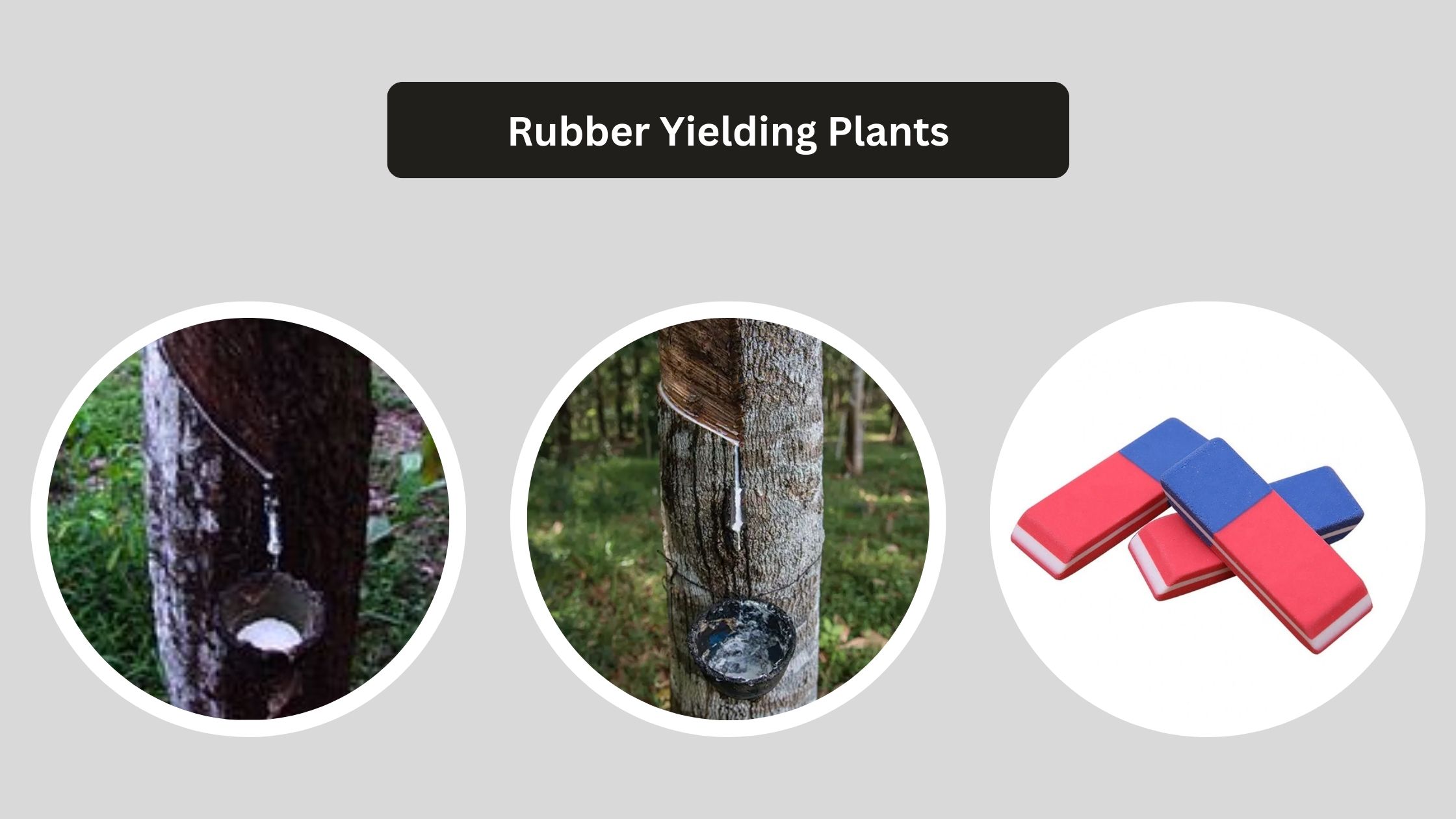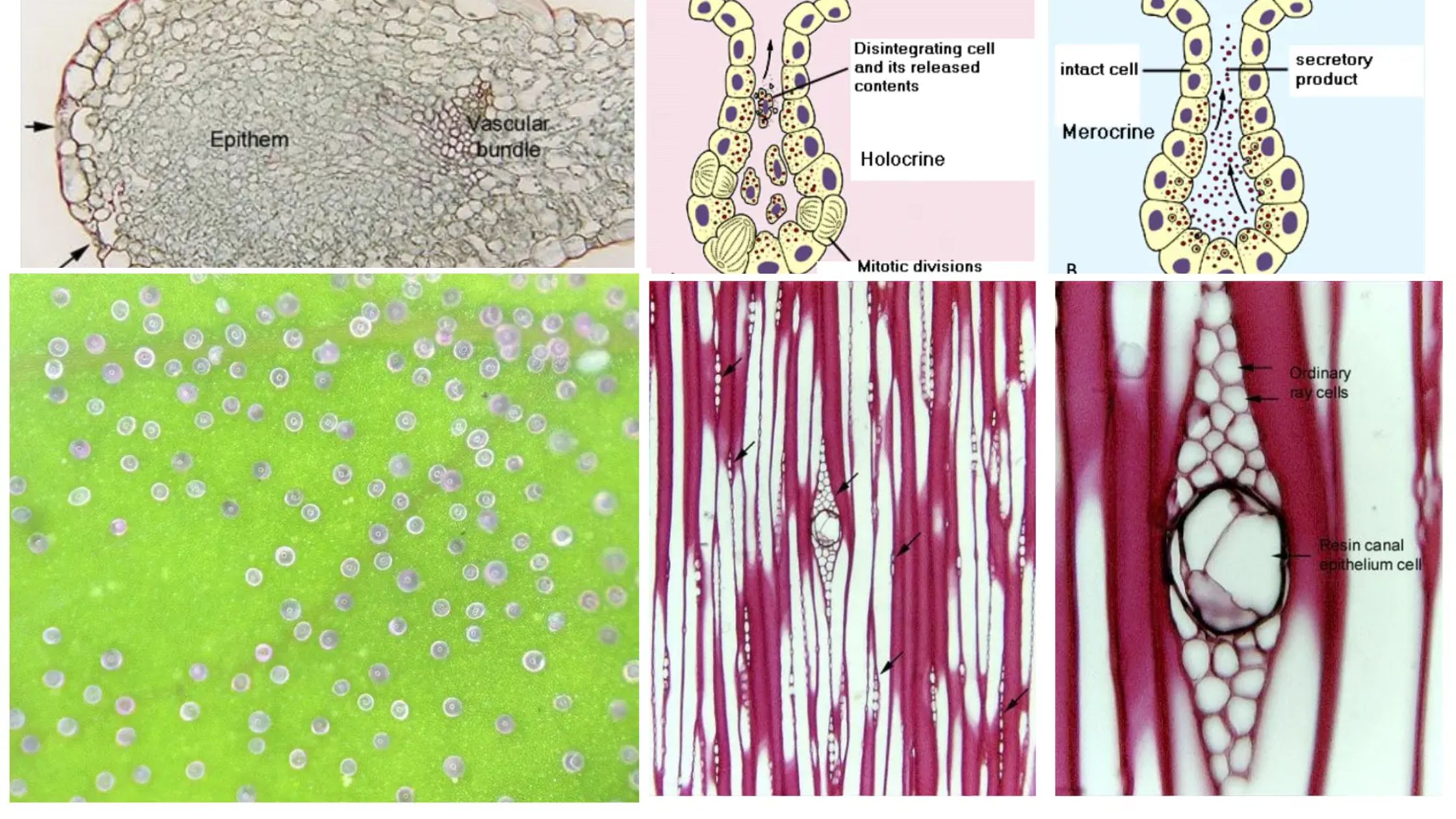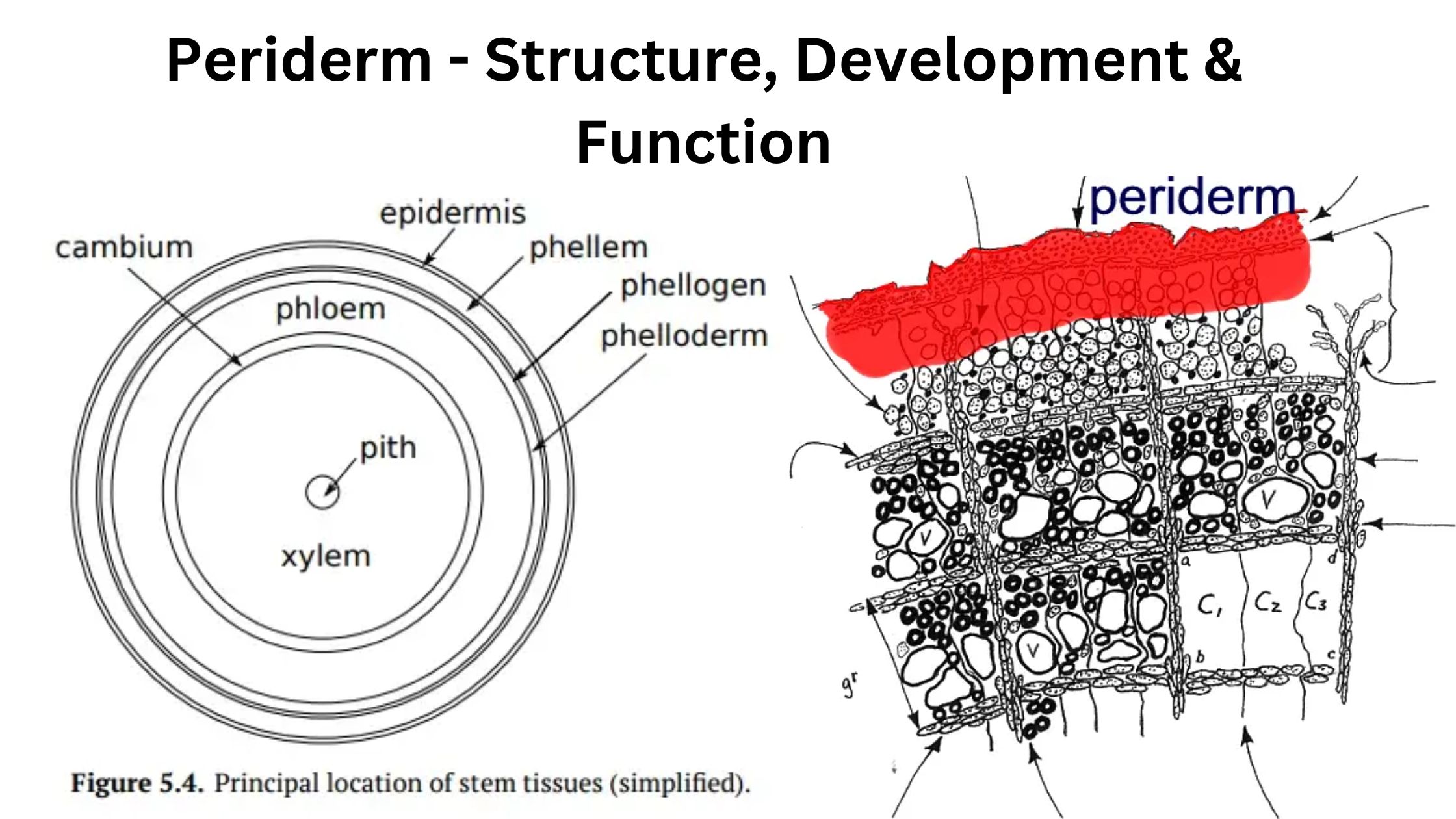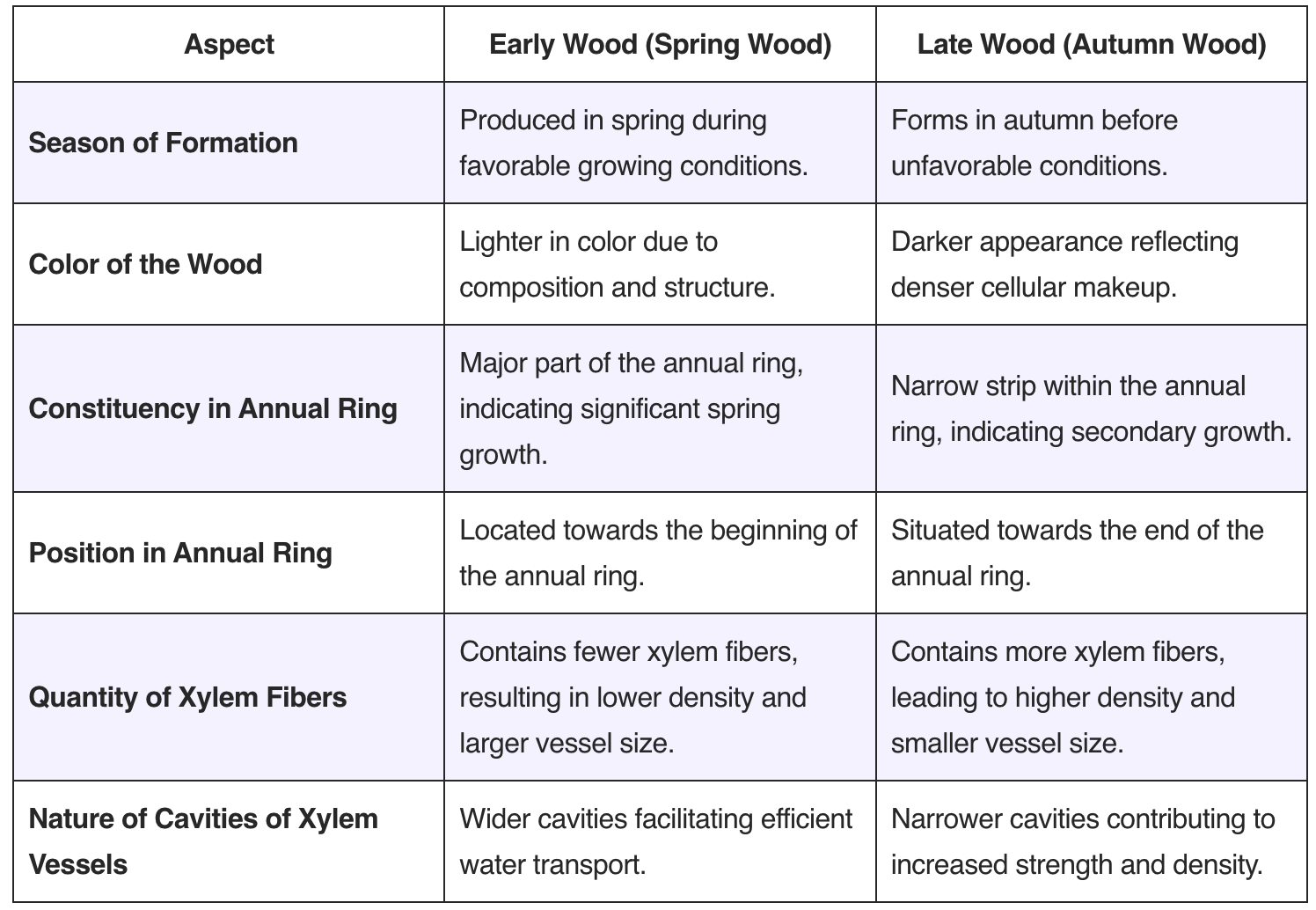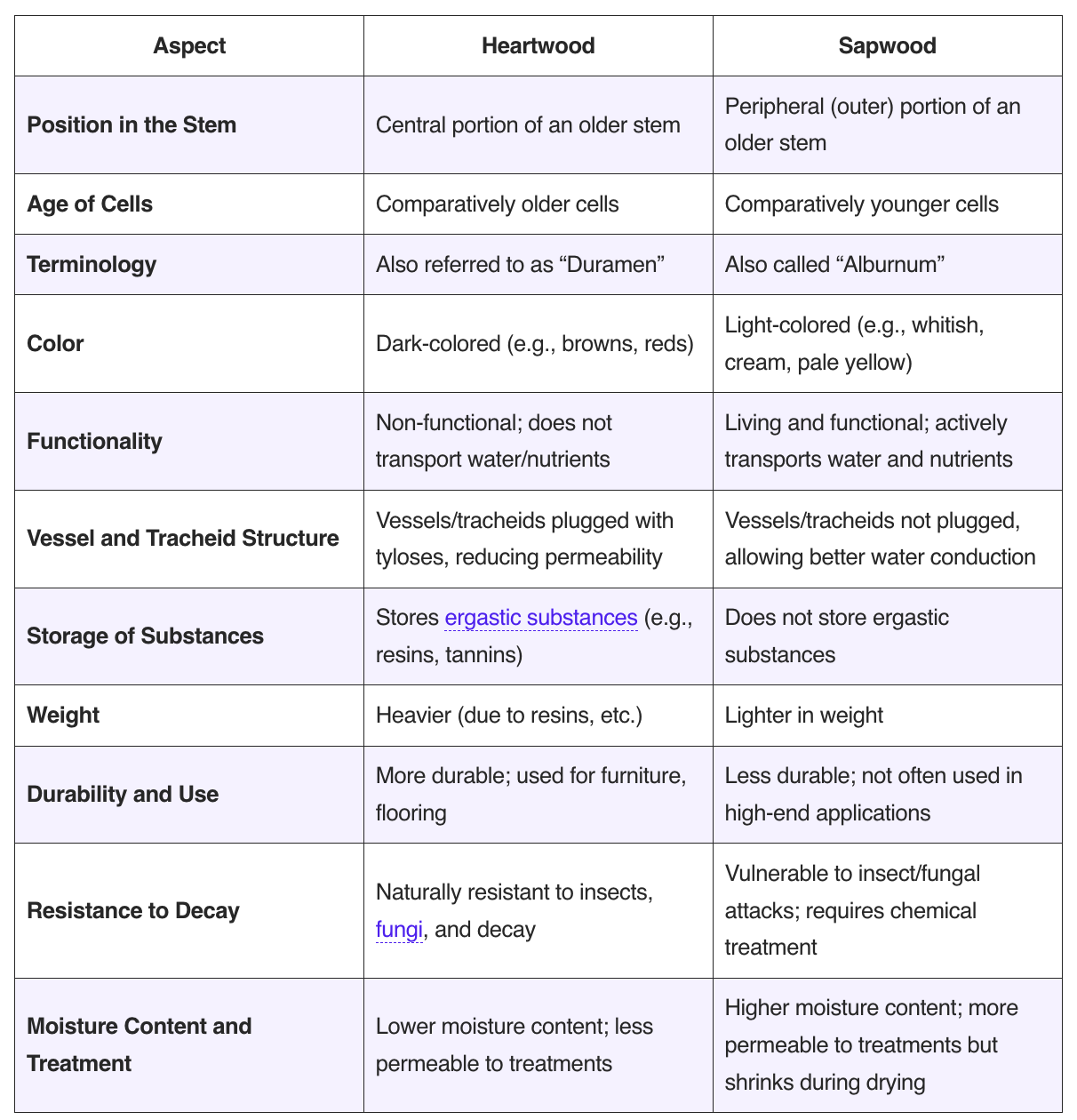Rubber Yielding Plants
What is Natural Rubber? Para Rubber The Para rubber tree (Hevea brasiliensis) is the main source of natural rubber, contributing 90-95% of the world’s rubber production. This species is indigenous to the Amazon and Orinoco river valleys in South America, where the hot, humid climate provides optimal growing conditions. The region, spanning over one million … Read more
